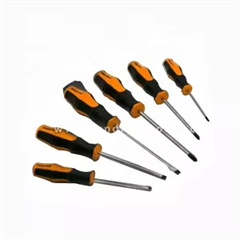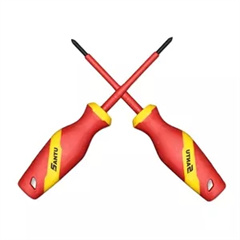The world of knife techniques is vast and diverse, encompassing a wide range of skills and methods for cutting, slicing, dicing, and shaping ingredients. Chefs and culinary enthusiasts often spend years refining their knife techniques to enhance their efficiency, precision, and creativity in the kitchen. Here are some advanced knife techniques you might encounter in the culinary world:
- Mise en Place (Preparation):
- Before you start cutting, ensure that all your ingredients are prepped and organized. This includes washing, peeling, and chopping ingredients as needed.
- Rocking Technique:
- The rocking motion is fundamental for efficient chopping and mincing. It involves using a chef’s knife to pivot on the tip while the blade makes contact with the cutting board.
- Pinch Grip:
- The pinch grip involves holding the blade’s handle between your thumb and index finger while your other fingers curl around the handle. This grip offers maximum control and precision.
- Finger Positions (Bear Claw):
- The “bear claw” technique involves curling your fingertips under and using your knuckles as a guide while keeping them away from the blade’s path.
- Cross Chop:
- The cross chop technique involves moving the knife in a cross-like pattern while maintaining the tip’s contact with the cutting board. It’s useful for chopping herbs finely.
- Bias Cut:
- Cutting on a bias involves slicing ingredients at an angle. This technique is commonly used for creating larger surface areas, enhancing presentation, and facilitating even cooking.
- Filleting and Boning:
- Filleting involves removing the bones from fish or meat. Boning is the process of removing bones from meat, poultry, or fish, often requiring precise cuts.
- Butterfly Cut (Spatchcocking):
- This technique involves splitting poultry or meat down the center and flattening it out for even cooking. It’s commonly used for grilling.
- Turning (Tourner):
- Turning is a technique used to create small, barrel-shaped cuts on vegetables. It’s often used to create decorative shapes for garnishes.
- Scoring and Slashing:
- Scoring involves making shallow cuts on the surface of food items like bread or meat. Slashing creates deeper, angled cuts. These techniques can enhance the appearance of baked goods or help meat cook evenly.
- Precision Slicing:
- Techniques like “shaved” slicing involve creating paper-thin slices of ingredients, often used for dishes like carpaccio or sashimi.
- Knife Roll and Rocking Technique:
- This technique combines a rocking motion with a slight roll of the knife, often used for tasks like chopping garlic or shallots finely.
- Chiffonade:
- Chiffonade involves stacking leaves (like basil) and rolling them tightly before making thin, delicate slices. This creates ribbons of the ingredient.
- Julienne, Batonnet, Brunoise:
- These techniques involve cutting vegetables into various shapes, from thin strips (julienne) to thicker matchsticks (batonnet) and tiny cubes (brunoise).
- Garnishing Techniques:
- Knife skills also include decorative techniques like creating fruit or vegetable flowers, fans, and other intricate shapes used to enhance the visual appeal of dishes.
The world of knife techniques is both practical and artistic, and it requires practice, patience, and dedication to master. Learning these techniques can significantly elevate your cooking skills and allow you to create visually stunning and flavorful dishes.



































